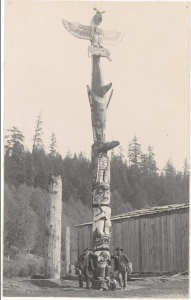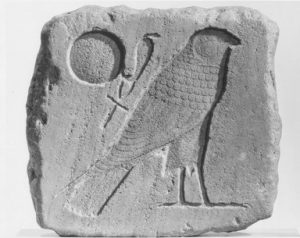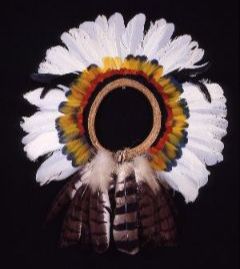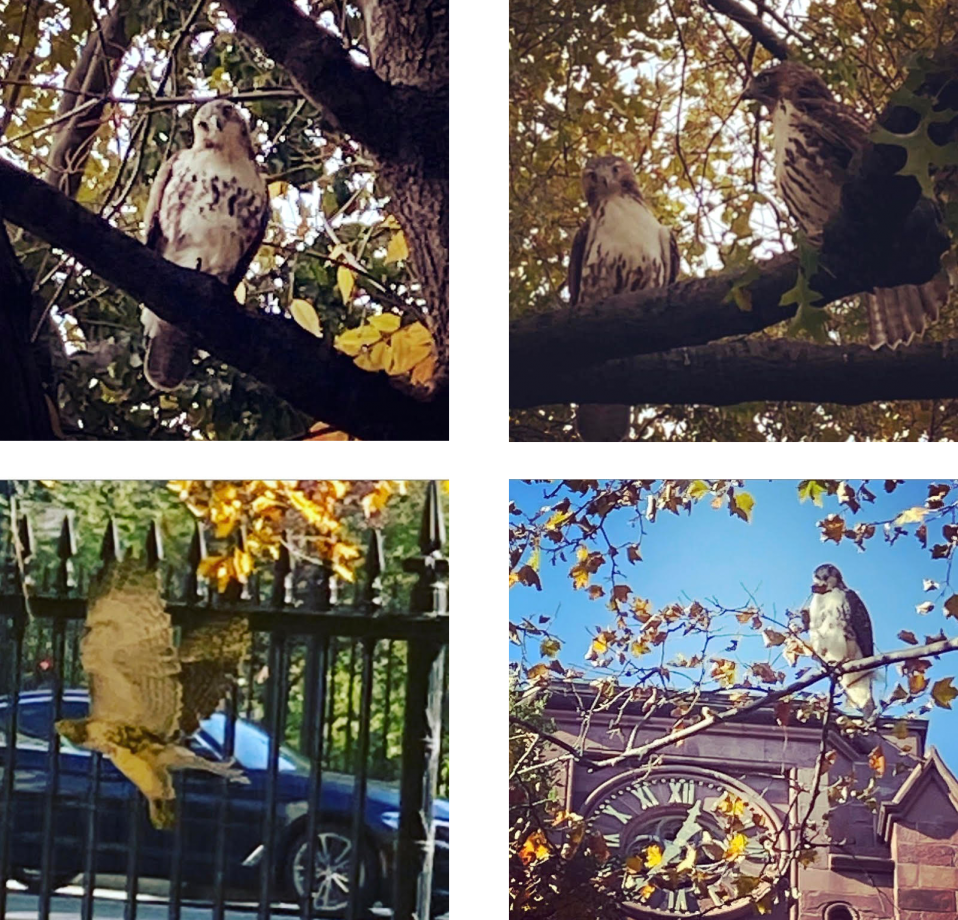Our Winged Neighbors
Hawks are birds of prey in the Accipitridae (“to seize”) family, which consists of birds of varied sizes and behavior that all have strong, hooked bills. They are found throughout the world, because they easily adapt to multiple environments and climates. Overall, they prefer open spaces, such as grasslands and valleys, where they can easily see and swoop down to seize their prey. Because hawks are so widely spread out, they are opportunistic hunters, and will devour all sorts of small animals, such as mice, lizards, fish, and rabbits. Their excellent vision, which is eight times stronger than that of a human, and their keen instinct make them effective hunters. As adults, they have no natural predators, but the young and eggs can be eaten by owls, raccoons, foxes, and other animals.
Red-tailed hawks (shown in our park in the four images above) are the most commonly found hawks in North America, including New York City. They have rounded wings that span up to four feet across, yellow legs and feet, rich brown outer feathers, a beige underbelly, and a short reddish-brown tail from which they get their name. The females are generally 25% larger than the males, and they can live from 12 to 30 years. Red-tailed hawks have a symbiotic relationship with the City. They provide pest control, while buildings and bridges provide great nesting areas and high perches from which to spot prey. Although it may be tempting to approach these majestic birds, people are advised to admire them from afar and not feed them. Killing, capturing, trading, or transporting these birds are illegal, per the Migratory Bird Treaty Act. The goal is to coexist without infringing on each other’s personal space, which is no small feat in New York City.

Totem Pole in Cape Mudge Village, c. 1919-1924, British Columbia, National Museum of the American Indian, NMAI-134_pht_001_P06408
Beginning in early Mark, red-tailed hawks mate through grand aerial courtship displays. The male repeatedly flies up high, then steeply plummets downward toward the female, offering and enticing her with prey, occasionally interlocking talons in mid-air and spiraling toward the ground before eventually pulling away. After the display, both hawks will perch, groom one another, and then mate. In early April, the female will lay one to five eggs. Both parents take turns incubating the eggs for 28 to 35 days until they are ready to hatch. They then care for the young for up to six weeks until they are ready to fly, hunt, and leave the nest. It is common for hawks to live in the same place year after year with the same partner.

Fragment of Temple Relief, 664-332 B.C.E., Egypt, Brooklyn Museum 37.1357E
Many cultures associate certain symbols and characteristics with hawks. Courage, perspicacity, and intelligence are all associated with these birds. A passage in the Book of Job describes their sophisticated migration and behavior as being ordained by God. Hawks are considered guardians and messengers in Norse, Greek, and Egyptian mythology, and in the traditions of native peoples in North and South America. Totem poles made by indigenous peoples may have a hawk perched at the top, symbolizing power and seeing situations from a higher perspective. Hawk feathers continue to be used in religious rituals and in regalia, and are included in the Eagle Feather Law, allowing only federally recognized tribes to obtain feathers and continue their customs.

Headdress, 1962, Made by the Rikbaktsa, Brazil, Penn Museum 89-1-16
Red-tailed hawks frequently stop over in our park. Next time you visit, look up. You might just find our feathered neighbor perched high on a branch, ready to swoop down on a moment’s notice.
You can learn more about hawks and other birds of prey in New York State by clicking here.


